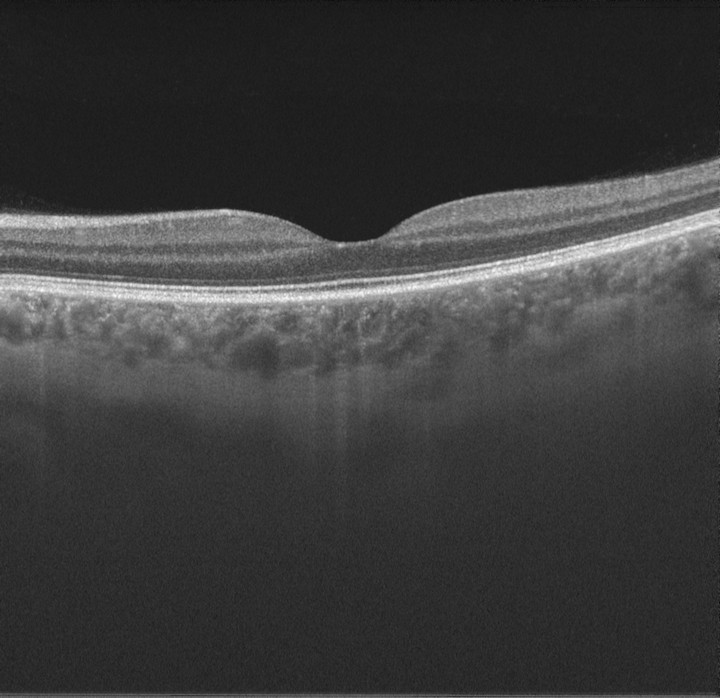Intraeye retinal nerve fiber layer and macular thickness asymmetry measurements for the discrimination of primary open-angle glaucoma and normal tension glaucoma

Abstract
Purpose. The aim of this study was to evaluate the diagnostic capability of intraeye retinal nerve fiber layer (RNFL) thickness and macular thickness (MT) asymmetry measurements for the discrimination of normal tension glaucoma (NTG) and primary open-angle glaucoma (POAG) using spectral domain optical coherence tomography (SD-OCT). Methods. A total of 90 subjects were enrolled including 30 consecutive healthy subjects, 30 consecutive subjects with POAG, and 30 consecutive subjects with NTG. RNFL thicknesses around the optic disc as well as MT measurements were taken with circular and radial SD-OCT scans. Intraeye retinal and MT asymmetry were calculated as the absolute difference between superior and inferior hemispheres of the eye using posterior pole asymmetry analysis protocol. Analysis of variance was used for comparison and areas under the receiver operating characteristic (AROC) were obtained for different parameters among the three diagnostic groups. Results. There was a significant difference in MT asymmetry for all comparison groups (normal-NTG, p < 0.05; normal-POAG, p < 0.001; and NTG-POAG, p < 0.001). Intraeye retinal nerve fiber thickness asymmetry measurements were not different between the groups (normal-NTG, p < 0.187; normal-POAG, p < 0.056; and NTG-POAG, p < 0.837). The area under ROC curves exceeded 0.800 for all the studied parameters, including the MT asymmetry except for intraeye RNFL thickness asymmetry which had the lowest AROC as well as the least sensitivity for identifying subjects with NTG from normal (AROC = 0.626, sensitivity = 30%); POAG from normal (AROC = 0.644, sensitivity = 37%) and NTG from POAG (AROC = 0.533, sensitivity = 13%). Conclusion. The intraeye MT asymmetry holds significant potential as a distinguishing parameter for NTG and POAG.